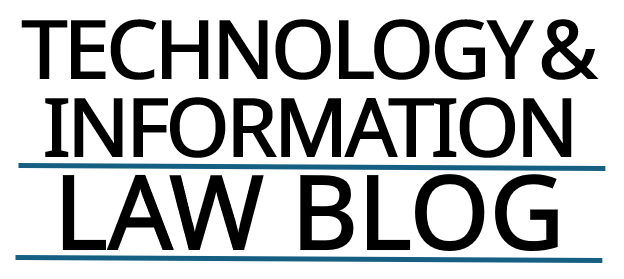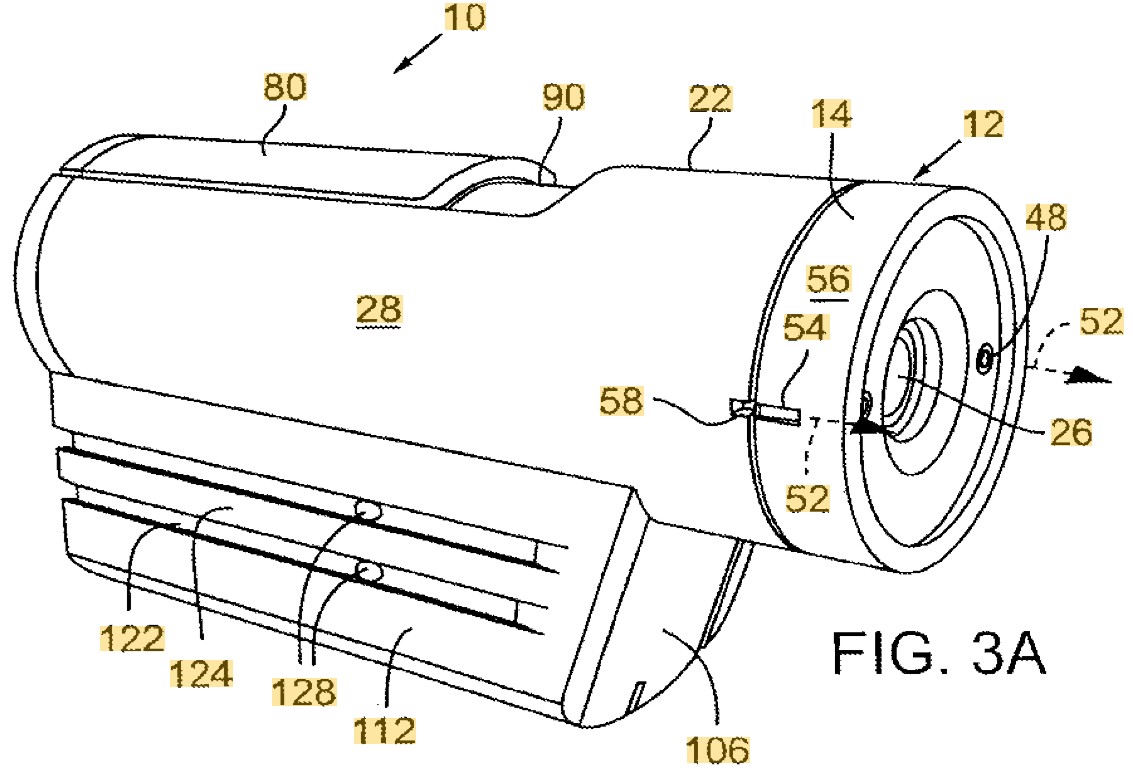In a significant development in the evolving landscape of patent eligibility, the Federal Circuit reversed a district court’s grant of summary judgment under 35 U.S.C. § 101, holding that claims directed to a point-of-view (POV) action camera with real-time streaming and control functionality recite patent-eligible subject matter. The September 9, 2024 decision in Contour IP Holding LLC v. GoPro, Inc., No. 22-1654, provides meaningful clarification on how courts should assess “technological improvements” under Alice step one.
Background: Remote Control and Real-Time Streaming in POV Cameras
Contour’s asserted patents (U.S. Patent Nos. 8,890,954 and 8,896,694) cover hands-free POV action cameras configured for remote image acquisition and control. Central to the claims is a “dual stream” architecture: the camera generates a high-quality video file for later viewing and a lower-quality stream that is wirelessly transmitted to a remote device for real-time viewing and control. This design allows users—like a skier with a helmet-mounted camera—to monitor and adjust recordings in real-time using a smartphone app, even when the camera itself is out of sight.
The district court found the claims ineligible under § 101, characterizing them as directed to the abstract idea of “creating and transmitting video (at two different resolutions) and adjusting the video’s settings remotely.” At Alice step two, the court found no inventive concept, concluding the claims merely invoked generic components performing conventional functions.
Federal Circuit’s Reversal: A “Technological Solution to a Technological Problem”
Writing for the panel, Judge Reyna disagreed with the lower court’s characterization of the claims and reversed, holding that claim 11 of the ’954 patent and its counterpart in the ’694 patent are not directed to an abstract idea.
Importantly, the Federal Circuit emphasized the claim’s requirement for generating two data streams “in parallel” and transferring only the low-quality stream to the remote device. This, the court found, constituted a specific and concrete improvement to the functionality of POV cameras, not merely an abstract idea implemented on conventional hardware.
The panel highlighted several key precedents in its reasoning:
- McRO, Inc. v. Bandai Namco Games Am. Inc., 837 F.3d 1299 (Fed. Cir. 2016): The court analogized Contour’s claims to those in McRO, where rule-based automation of animation was found to improve computer graphics technology. Similarly, Contour’s dual-stream architecture improved real-time camera control and viewing capabilities.
- Enfish, LLC v. Microsoft Corp., 822 F.3d 1327 (Fed. Cir. 2016): The court reiterated that claims should not be abstracted away from their specific technological solutions. The district court’s characterization of Contour’s claims at “a high level of abstraction” was criticized as contrary to Enfish.
- Core Wireless Licensing S.A.R.L. v. LG Elecs., Inc., 880 F.3d 1356 (Fed. Cir. 2018) and CardioNet, LLC v. InfoBionic, Inc., 955 F.3d 1358 (Fed. Cir. 2020): The panel cited these cases for the principle that claims reciting specific functional improvements to technology—particularly those improving user interaction or system performance—can be patent eligible at step one.
- Yu v. Apple Inc., 1 F.4th 1040 (Fed. Cir. 2021): GoPro had relied heavily on Yu, where claims directed to combining two images for enhancement were found ineligible. The court distinguished Yu, noting that Contour involved no “longstanding, fundamental practice” in photography or video recording and instead claimed a concrete, non-generic camera architecture.
Key Takeaways
- Technological specificity matters. The Federal Circuit was persuaded by the “parallel recording” requirement and the specific hardware-software interaction enabling remote streaming and control. Mere invocation of a result is not enough—but a particular claimed structure that achieves it may be.
- Avoid abstract overgeneralization. The decision warns against characterizing claims at too high a level of abstraction, a misstep that contributed to the district court’s error.
- The context of prior art is relevant—but not dispositive. While GoPro emphasized the use of known components, the court focused instead on their unconventional combination and functional interplay. This reflects a growing trend in § 101 cases toward examining whether claims provide a specific technical solution, even using off-the-shelf hardware.
- Preemption concerns remain central. The court noted that Contour’s claims did not risk preempting the field of remote video control. The narrow requirement of dual-stream parallel processing significantly cabined the claim scope.
Conclusion
Contour v. GoPro is a noteworthy addition to the Federal Circuit’s body of § 101 jurisprudence. For innovators in imaging technology, real-time communications, or IoT devices, the decision affirms that structural claims improving device functionality—even through combinations of conventional components—may clear the § 101 hurdle when articulated with sufficient technical specificity.
By Charles Gideon Korrell

